The process for a PRP procedure entails the following steps.
- Initially a blood draw is performed from the patient of either 20cc, 30cc or 60cc depending on the procedure needs. Less is necessary for most aesthetic procedures, while more is needed for joint procedures. Actually for some hair restoration procedures we have providers that use a 60cc kit to get both the PRP and PPP for use.
- The blood is placed into the PRP tube. Along with the blood, make sure to place 10% of the total with an anticoagulant. For example, if a 30cc kit is being used, make sure to include 3cc of the anticoagulant.
- At this point, the ReBellaPRPTM tube goes into the ReBellaPRPTM Centrifuge for the first spin. Set the Centrifuge for a 5 minute spin at 4000 RPM. Make sure to counterbalance the tube with an equal weighted kit to prevent centrifuge damage.
- Once the spin is complete, you will notice a separation between the dark red, bottom portion and the straw colored top part. The red blood cells are the heaviest and fall to the bottom. The straw colored part at the top includes water, electrolytes, growth factors and some platelets. The area just above the RBC’s is called the buffy coat and includes the highest amount of platelets, growth factors and white blood cells.
- Use the screw pusher to remove the straw colored portion into a syringe screwed into the top of the PRP tube. If a single spin is all that’s necessary, then the PRP is ready to inject.
- If, however, a leucocyte poor PRP is desired, then use the straw portion removed for a second spin with the kit. The same centrifuge settings are fine to use with the second spin. Also, a second spin will separate the PRP further from the PPP. PPP stands for platelet poor plasma.
How Does PRP work?
PRP therapy works by provoking the healing cascade to begin and unfold. Tissue repair begins with the creation of an inflammatory environment. This ramps up healing, while calling in growth factors, stem cells and other regenerative elements.
Platelets themselves contain over 30 bioactive proteins, which all participate in different aspects of healing. In addition, there are about a dozen growth factors in platelet rich plasma. These are like construction foremen, which are key to delegating and supervising the repair process.
Here is the characterization report for ReBellaPRP
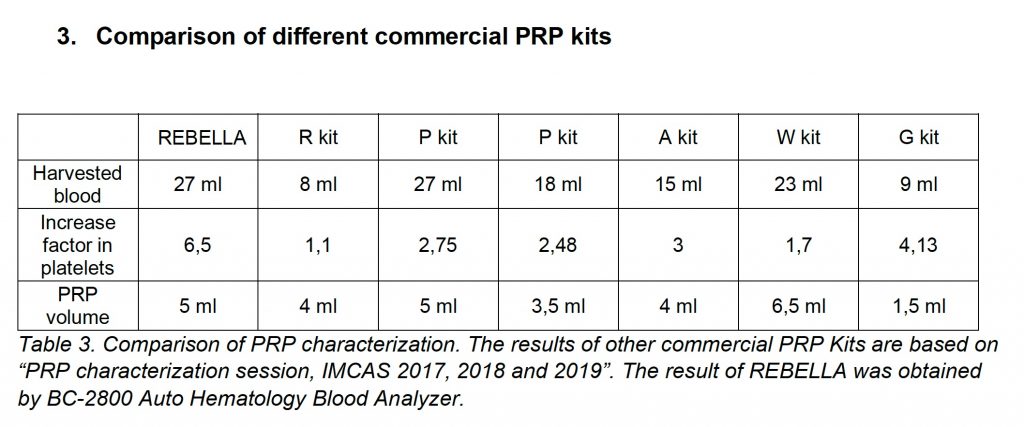
Why would one want to use a second spin?
Data from peer reviewed studies has shown a tendency towards using a second spin for certain procedures. For joint injections, a second spin works well for pain relief and provoking less inflammation and hence pain after the procedure.
Also, for a hair restoration procedure many providers will initially use PRP for the procedure and then microneedle in some of the PPP later on.
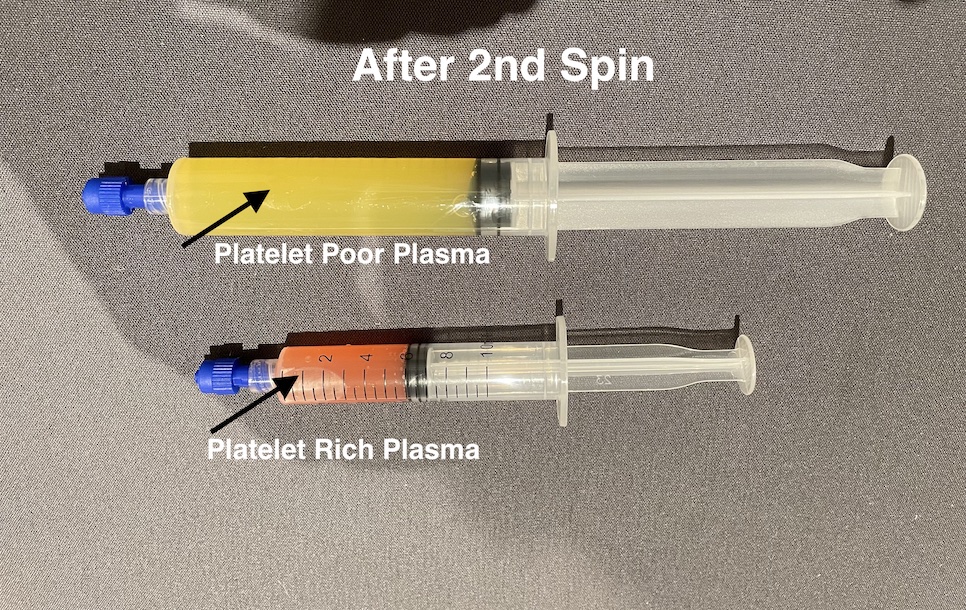
For soft tissue conditions like tendonitis, ligament injury or bursitis, a single spin is often just fine for obtaining excellent results. This saves time, and is easier.
ReBellaPRPTM offers both a 30ml and a 60ml kit depending on which type of procedure is being performed. A lot of systems only come in smaller sizes, which means a second kit is necessary all too often. That increases procedure cost and also the procedure time.
Not only is the ReBellaPRPTM system one that is easy to use and produces great outcomes, but the cost is half that of competitors! The ReBellaPRPTM centrifuge is sturdy, reliable and actually is able to fit other PRP kits as well. These include the Dr. PRP tubes along with Emcyte as well!


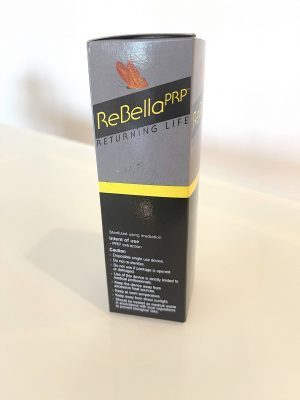
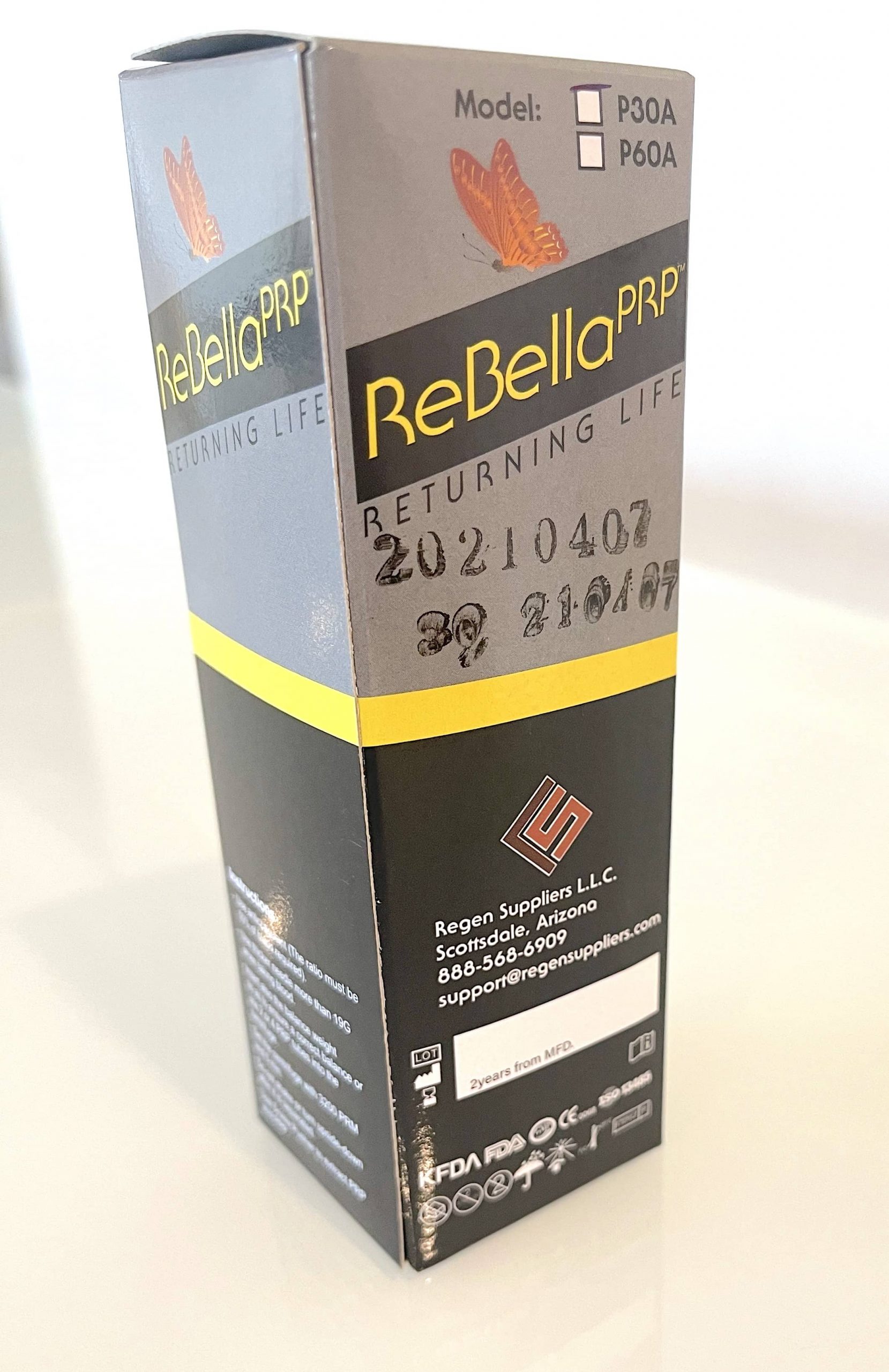
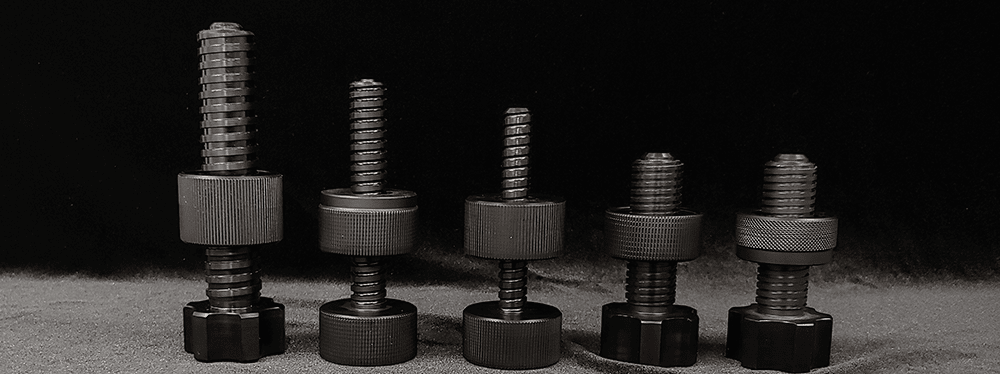
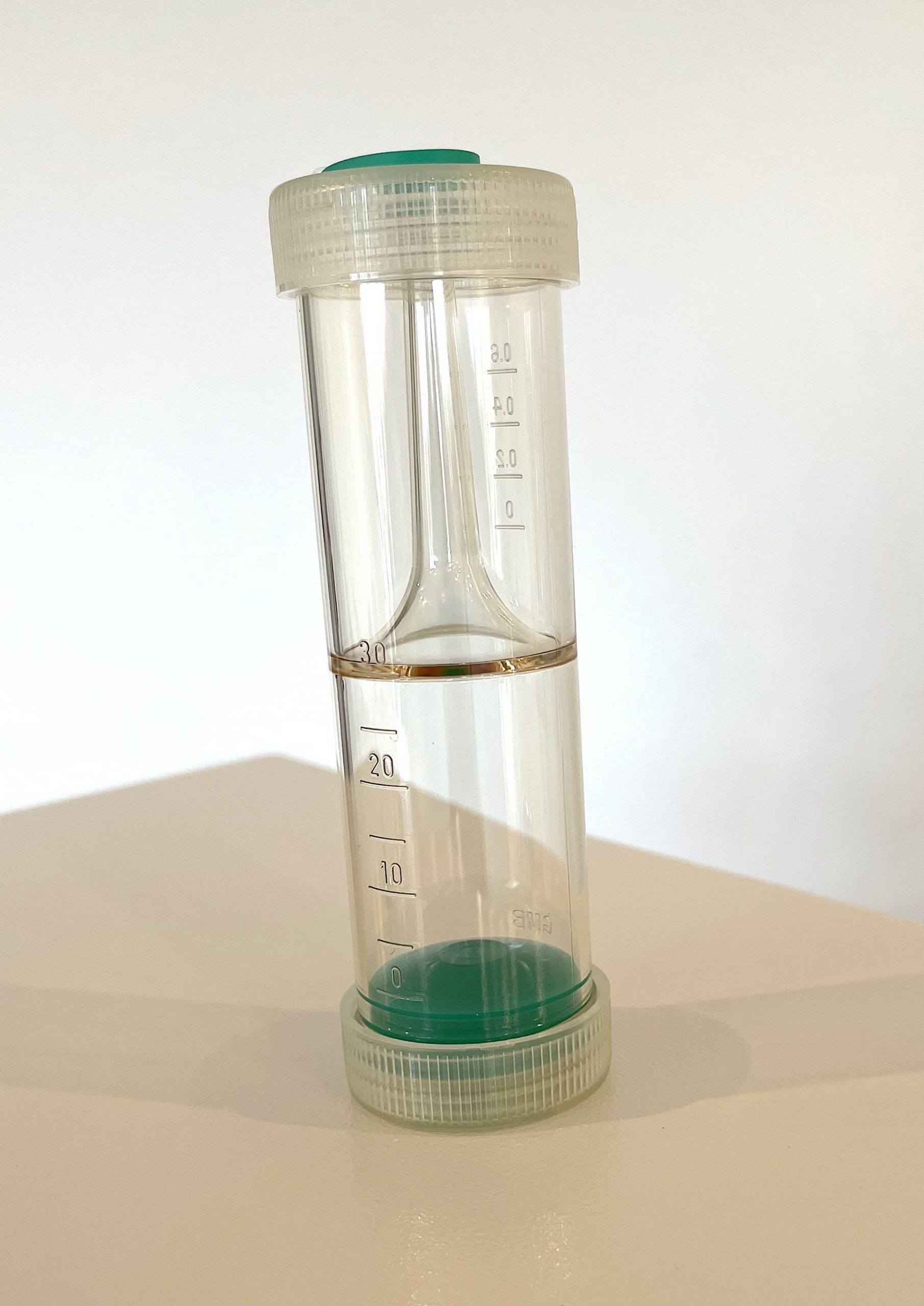
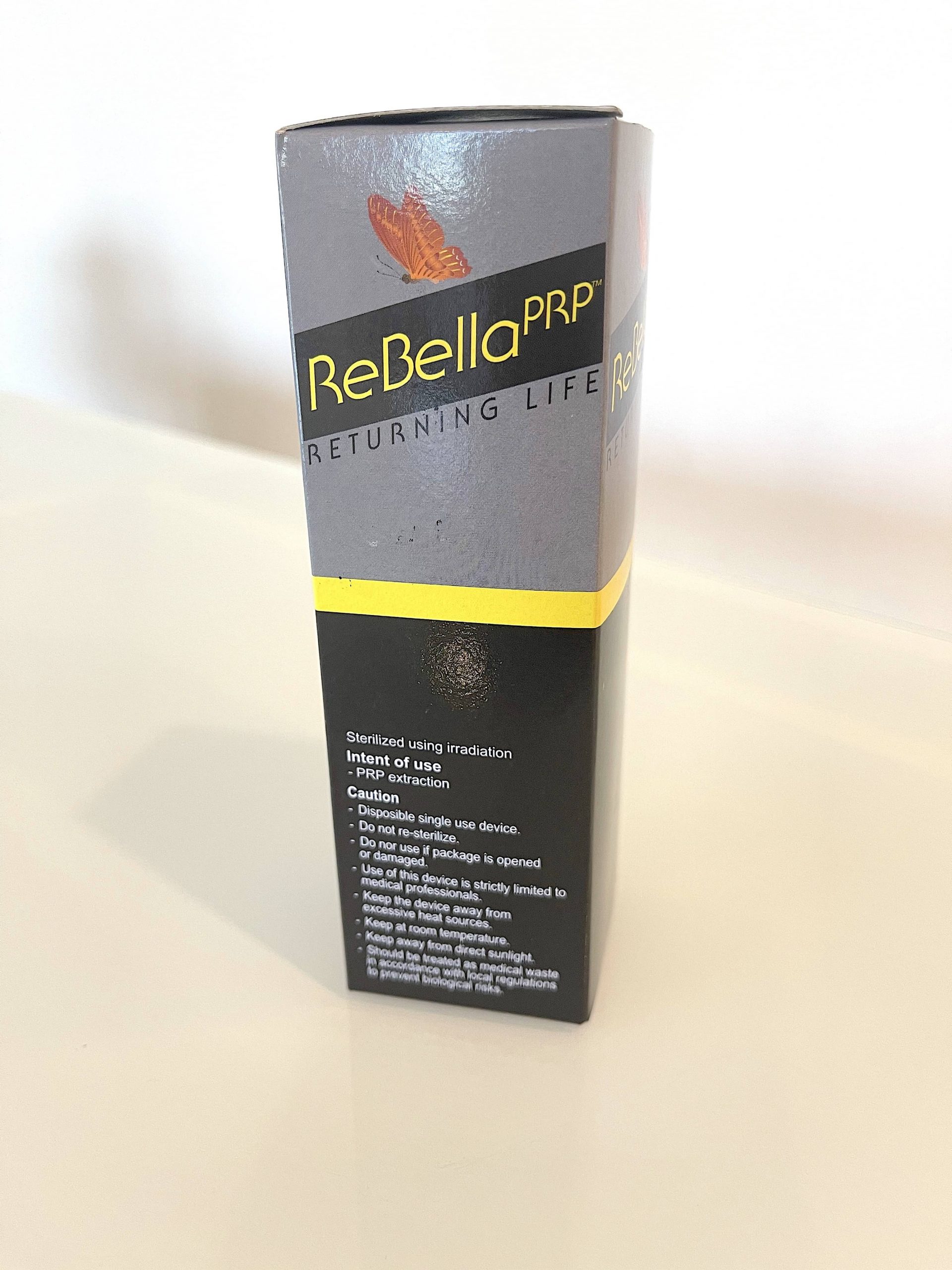


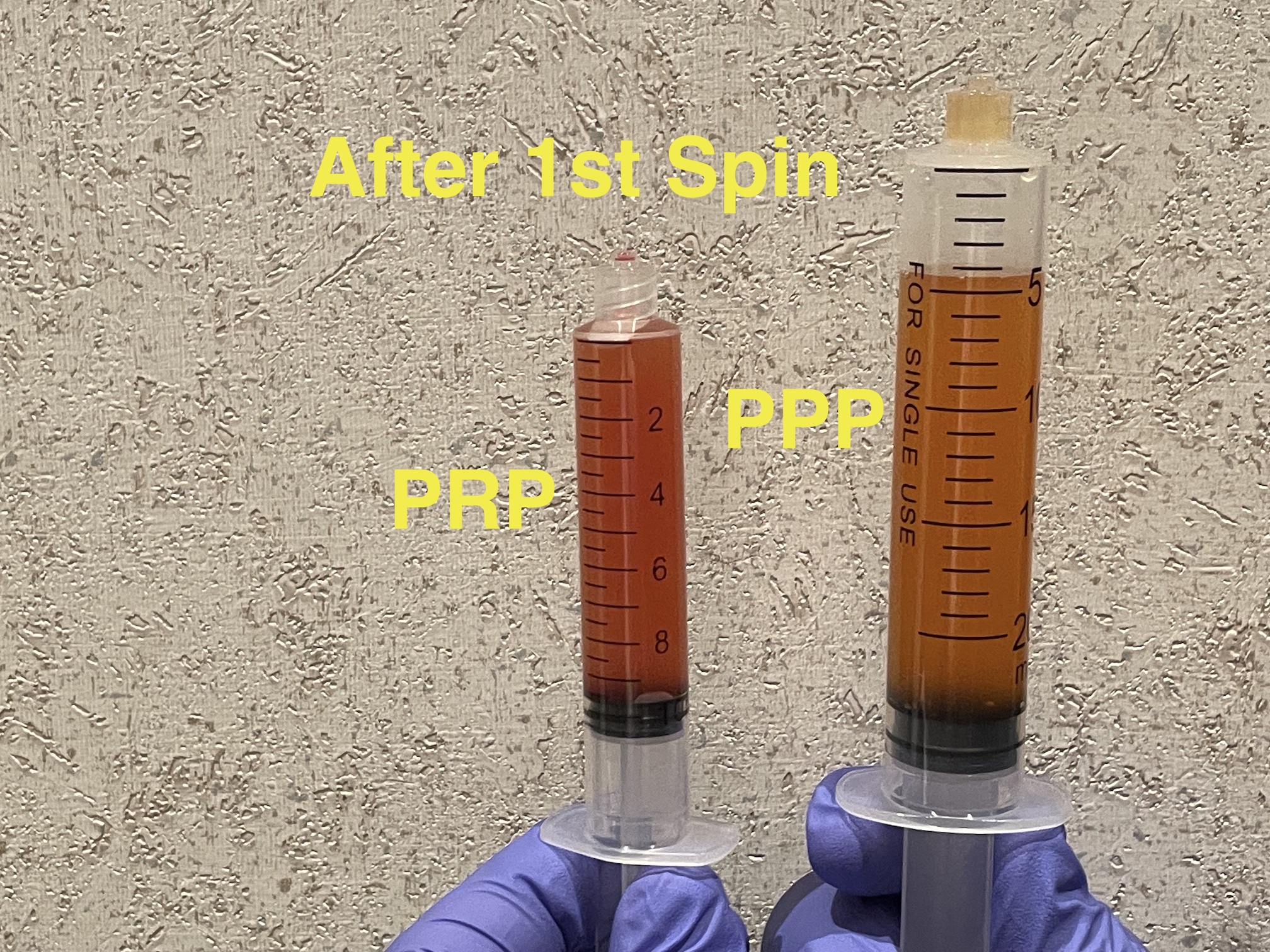

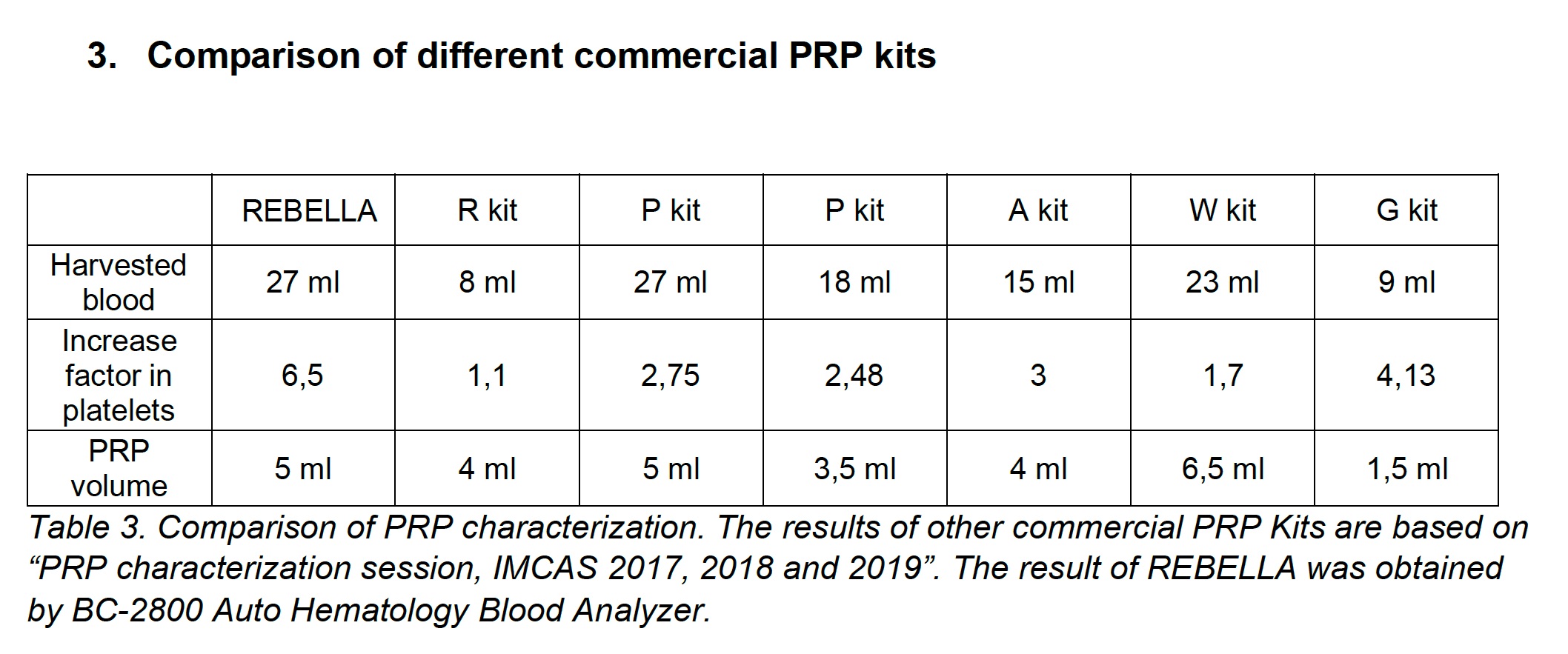


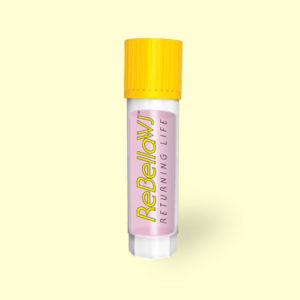
Reviews
There are no reviews yet.